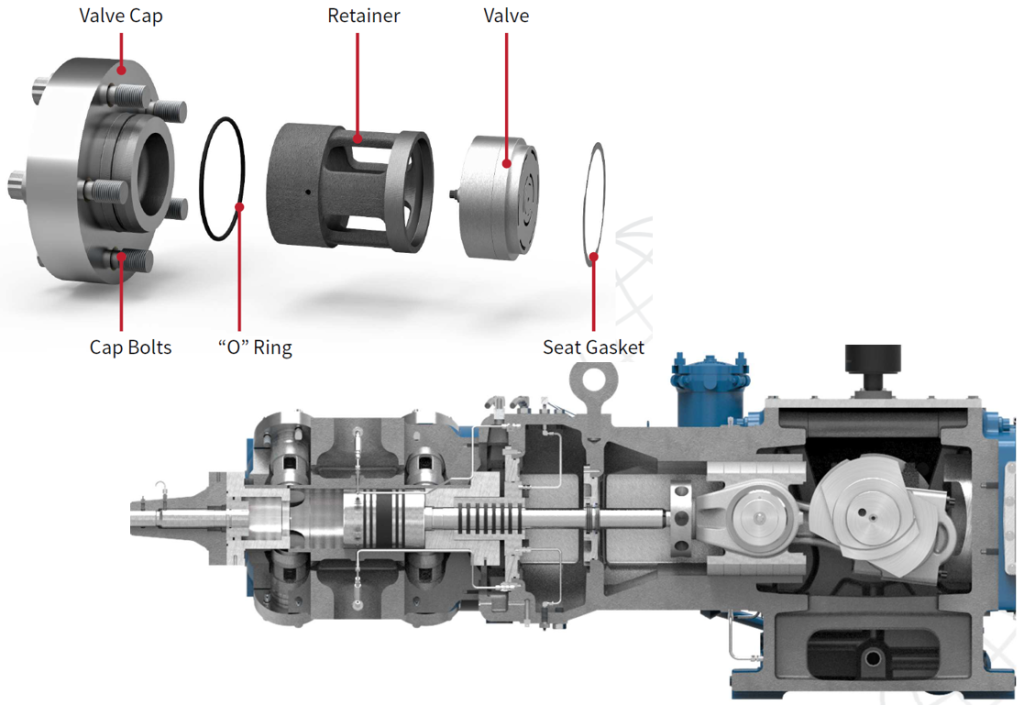An Approach to Compressor Selection, and the #1 Issue to Watch For
by Randy Franiel, Compass Senior Accounts Manager, Canada
In the natural gas compression industry, there’s a certain challenge built into everything we do. That comes from trying to balance cost and effectiveness in the design and operation of compression equipment. That’s the key challenge of compressor selection.
After all, the least expensive package will save money in the short run, but likely bring unwanted costs later due to higher levels of vibration, valve forces and downtime. The most efficient package will experience less downtime, but of course has a higher up-front cost.
Our clients typically have two sets of budgets: One engineer whose job is to install a piece of equipment as inexpensively as possible, and another engineer who, after the equipment is installed and running, needs to run and maintain it as inexpensively as possible. By the nature of their respective responsibilities, the first engineer will focus on capital costs, the second on operating costs.
Where do you draw the line, and why? How can we balance this challenge between cost and efficiency in compression package design? After three decades in the business, here’s how I approach that challenge.
When asked to quote on a compression package, I’ll first decide on the least expensive piece of equipment – from a major component standpoint — that will do what the client wants to do. I’ll then look at the most efficient package we could have in this situation, if cost wasn’t a factor.
Now the trade-offs begin. Once I have these two systems designed, I do a detailed analysis. This analysis is partly guided by my belief, and decades of experience, that there are places in a compression system where you can save money – and other places where you should invest money.
Paying a bit more for dependability and longevity returns a strong ROI, but cheaping-out on a key component often turns out to be a false economy.
When it comes to compressor selection, of course, you’re choosing from among thousands of possible components and configurations. Amid all that complexity, what is the key thing to watch and protect? Your valves. This is done through reduced piston speeds, reduced valve velocities; the added bonus is with reduced piston speed comes lower unbalanced or shaking forces.
After all, experience shows that valve issues are a leading cause of service calls to the field and associated downtime, which is expensive. If shaking forces are excessive, if volumetric efficiency is poor, that stresses valves and shortens their working lives.
When you get right down to it, so much of what we do is about prolonging valve life. If you select compressors with this idea top of mind from the start, you’ll have greater efficiency and less downtime. Which ultimately means a better ROI for your company.

If you have questions about reciprocating compressors or gas compression,
please contact Randy Franiel by email or phone: 1-855-262-2487
Email Us
What you Need to Know About Reciprocating Gas Compressors
Have you read all the articles in our blog series?
Intro: What You Need to Know about Reciprocating Gas Compressors
Part 1: How a Fundamental Design Flaw Robs Your Profits
Part 2: Understanding the Importance of Shaking Forces
Part 3: Volumetric Efficiency: Why it Matters and How to Maximize It
Part 4: An Approach to Compressor Selection, and the #1 Issue to Watch For
Part 5: Your New Gas Compressor is Installed. Do THIS Before it Goes Online
Part 6: When Gas Compressors Operate Outside Design, Communication is Key